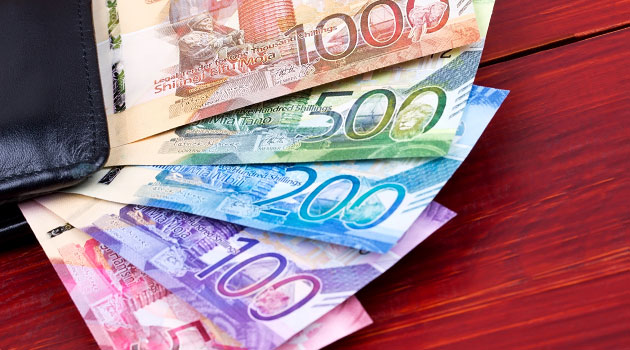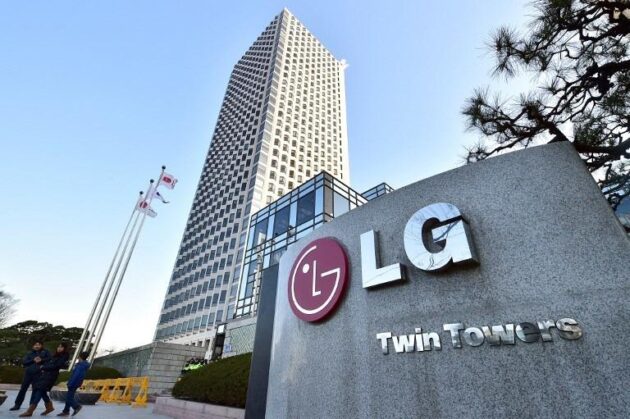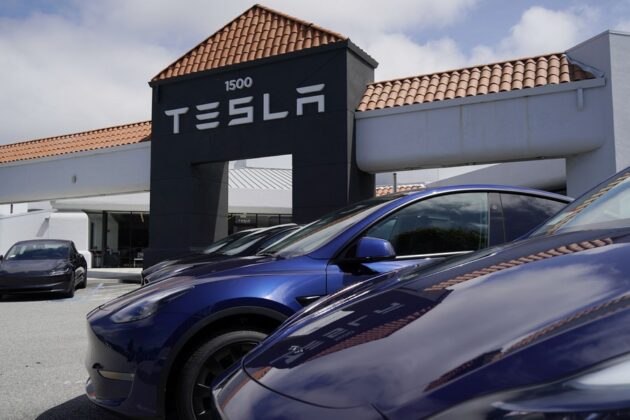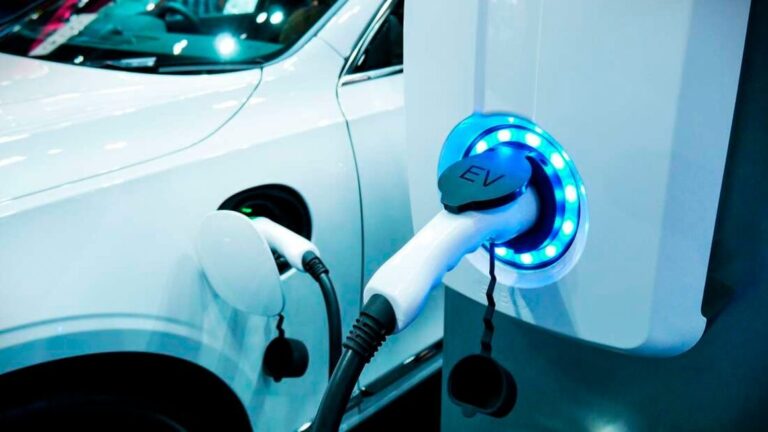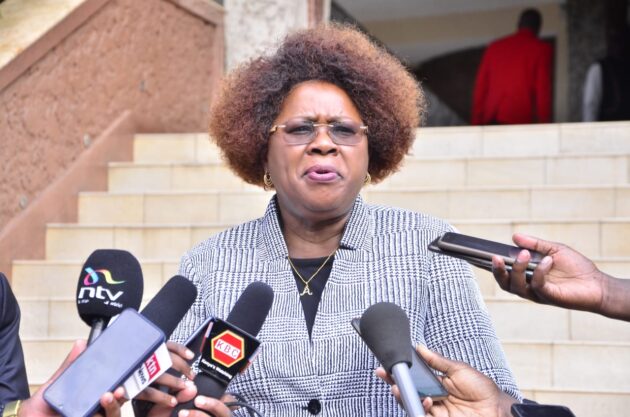Balancing the Books: As Debt Payments Soar, Kenyans Ask if Priorities Need to Shift
By Juma Majanga
NAIROBI, Kenya, Aug 12 – In a country plagued with many challenges that cut across healthcare, education, and youth unemployment Kenya’s debt profile needs to be carefully examined for necessary fiscal adjustment. This will enable optimal utilisation of the country’s budget.
Kenya’s budget is funded mainly through domestic revenue and foreign debt. Its prudent therefore if Kenya’s cumulative income is allocated in a manner that reflects attention to the various problems that face our country.
Areas such as healthcare of the nation, education and food security of our people must be prioritised to ensure the people come first.
Continuous borrowing for large infrastructure projects may project an image of a fast-growing economy but in the long run might expose future generations to debt saturation where the country reaches a point where we no longer take on additional debt without significant risk of default or financial collapse.
This is technically a point where Kenya might max out its borrowing capacity due to high existing debt levels relative to national income, assets or ability to repay making further borrowing unstainable or prohibitively expensive.
Discussions around national debt have gained popularity in the country over the last decade where some Kenyans hold the school of thought that the country needs to slow down on accumulation of foreign debt which currently stands at 11.5 trillion shillings according to the national treasury and central bank. Further to this, the debt to GDP ratio is approximately 66.8% with projections to reduce to 52.8% by 2027/2028 as per the 2025 medium term debt strategy.
Debt servicing cost for this year is about 1.8 billion which is about 67.1 percent of the country’s revenue well above IMF recommended threshold of 30%.
This month, the government will spend Sh68.7 billion towards external debt repayments, denting the official forex reserves which are currently at an all-time high of KSh1.43 trillion.
January and July usually account for the biggest external debt service load due to principal and interest payments to China for the Ksh 656.5 billion loans contracted in 2014 and 2015 for construction of the Mombasa-Nairobi-Naivasha Standard Gauge Railway.
A World Bank analysis of Kenya’s continuing external debt obligations shows that the payments to China stand at KSh55.8 billion, comprising a principal charge of KSh37.66 billion and interest of KSh15.6 billion. In July, the SGR payments accounted for 81.3 percent of the country’s total outlay on external debt service which may point to an appetite for expenditure on huge projects that only benefits a small section of the population.
Other significant debt obligations included a semi-annual interest payment of KSh3.88 billion on the 12-year Eurobond that the country floated in mid-2021. The bond carries an annual coupon rate of 6.3 percent.
The Eastern and Southern African Trade and Development Bank is due to receive payments of Ksh2.57 billion, while bilateral lender France will be paid Ksh 2.4 billion, as per the World Bank disclosures.
Interest on external loans is usually paid on a semi-annual basis, with bilateral and multilateral loans also incorporating principal payments.
The Author is a Nairobi Based Journalist

